In the ever-evolving landscape of music production, the practice of sampling has ignited fiery debates that cut to the very core of artistic integrity. To some, it is a form of high-tech larceny, a digital-age pilfering of another's creative labor. To others, it is the ultimate homage, a way to weave the threads of musical history into a new and vibrant tapestry. The question persists, echoing through courtrooms and recording studios alike: is sampling theft, or is it tribute?
The origins of sampling are rooted in the experimental fervor of the mid-20th century. Pioneering composers in the musique concrète movement, like Pierre Schaeffer, began splicing and manipulating tape recordings, treating found sounds as raw material for new compositions. This was not theft; it was alchemy. It was an artistic philosophy that suggested new meaning could be forged from the repurposing of the old. This ethos was carried forward by the early hip-hop innovators of the 1970s in the Bronx. With two turntables and a mixer, DJs like Kool Herc isolated the most percussive sections of funk records—the "breaks"—and looped them manually, creating an extended, rhythmic foundation for MCs to rap over. These artists weren't wealthy; they were archivists and archaeologists, digging through crates of discarded vinyl to find forgotten gems to resurrect. Their work felt less like stealing and more like salvation.
However, as the technology advanced from tape loops to the iconic Akai MPC sampler, the ability to lift a pristine, recognizable snippet of audio became effortless. This ease of use collided head-on with the multi-billion dollar music industry and its complex web of copyright laws. The legal system, built for a different era, struggled to categorize this new art form. The landmark 1991 case against Biz Markie for sampling Gilbert O'Sullivan's "Alone Again (Naturally)" without clearance sent a shockwave through the industry. The judge's ruling, accompanied by the stark statement that "thou shalt not steal," effectively criminalized a fundamental process of an entire genre. Suddenly, sampling wasn't just an artistic choice; it was a legal and financial minefield. This ruling forced a paradigm shift. "Clearing" samples—securing permission and paying, often exorbitant, fees—became a necessary, if creatively stifling, part of the process. For many, this was the moment sampling transformed from a folk art into a potential crime.
The argument for sampling as theft is built on a foundation of property rights and labor. A sound recording is deemed intellectual property, a asset owned by the copyright holder. To take it without permission is, in a purely legalistic sense, no different than stealing a physical object. Proponents of this view argue that the original artist invested time, money, and creative energy into producing that perfect horn blast or that unforgettable drum fill. For a new artist to simply take it, they claim, is to bypass that labor and profit from it. It devalues the original creation and robs the initial creator of deserved compensation and control. There is a moral dimension as well: the act can be seen as a violation of the original artist's vision, wrenching a moment of music from its intended context and placing it somewhere it was never meant to be.
Conversely, the defense of sampling as homage is rooted in a postmodern understanding of art itself. Proponents argue that all art is derivative, built upon what came before. Shakespeare borrowed plots; blues musicians borrowed chord progressions; Bob Dylan borrowed melodies from old folk tunes. Sampling, they contend, is simply the technological extension of this timeless tradition. It is a practice of curation and recontextualization. A skilled producer does not just "take" a sample; they hear a new song hidden within an old one. They isolate a feeling, a texture, a ghost of a memory, and build an entirely new emotional world around it. The sample becomes a dialogue with the past, a way to pay respect to one's musical ancestors by keeping their work alive and relevant for a new generation. In this light, the act of sampling is one of reverence, not robbery.
The reality, as with most passionate debates, resides in a vast and nuanced gray area. Context is everything. A song that lazily lifts a entire melodic hook to compensate for a lack of original ideas certainly leans toward theft. Yet, a work that transforms a obscure, two-second drum hit into the rhythmic backbone of a groundbreaking track feels like alchemical innovation. The intent of the sampler is paramount. Is the goal to piggyback on the success of a known hit, or to unearth something obscure and inject it with new meaning? The effect on the original is also critical. For many forgotten soul singers from the 1960s, having their work sampled by a popular hip-hop artist led to a rediscovery of their catalog, introducing them to a new audience and generating revenue they had not seen in decades. In these cases, sampling acted not as a drain, but as a revitalizing force.
Legally, the system remains imperfect. The current framework of licensing and clearance often benefits only the largest rights holders and creates a prohibitive barrier to entry for independent artists. It can stifle creativity, forcing producers to alter their vision or abandon tracks altogether for fear of litigation. Some have proposed alternative models, such as a compulsory licensing system for samples—similar to what exists for cover songs—where artists could use samples provided they pay a standardized fee. This would acknowledge that a new work has been created while still ensuring original artists are compensated, attempting to strike a balance between protection and creative freedom.
Ultimately, the binary of "theft" or "homage" is too simplistic to capture the complex reality of sampling. It is a tool, and like any tool, its moral weight depends on the hand that wields it. It can be a crutch for the unimaginative or a paintbrush for the visionary. It can be an act of cold appropriation or one of warm, collaborative dialogue across decades. The conversation forces us to ask deeper questions about what art is, who it belongs to, and how new ideas are born. Perhaps sampling's greatest legacy is that it holds a mirror up to our own conflicting beliefs about creativity, ownership, and the beautiful, endless cycle of influence that defines our cultural history.

By /Aug 22, 2025
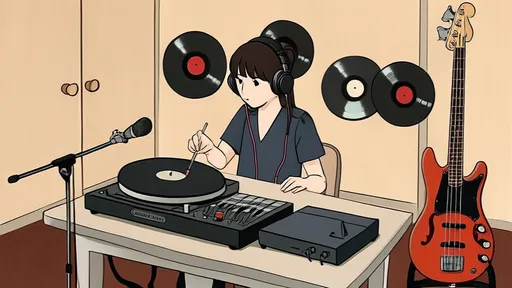
By /Aug 22, 2025
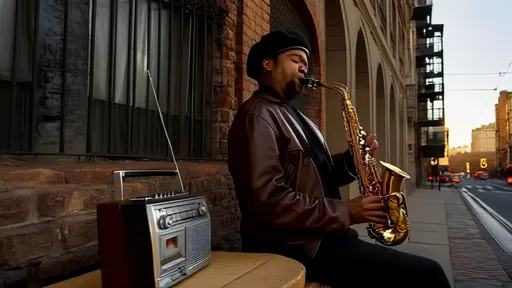
By /Aug 22, 2025
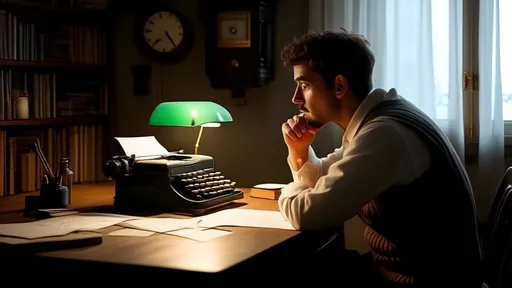
By /Aug 22, 2025
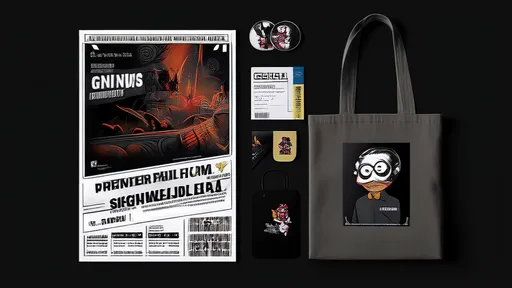
By /Aug 22, 2025
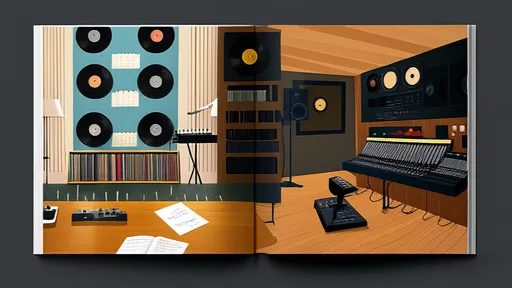
By /Aug 22, 2025
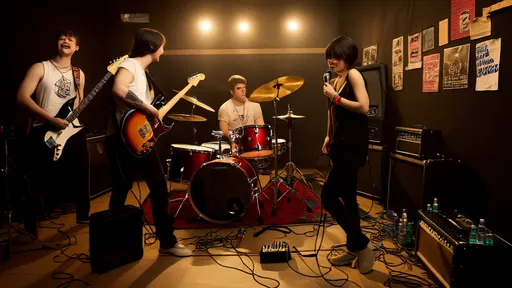
By /Aug 22, 2025

By /Aug 22, 2025

By /Aug 22, 2025

By /Aug 22, 2025

By /Aug 22, 2025
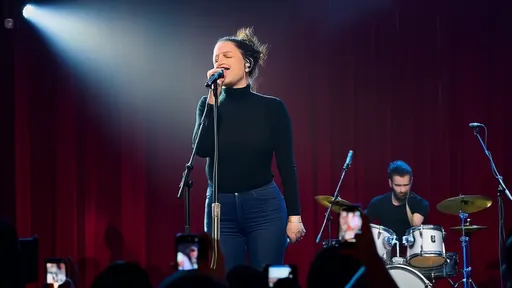
By /Aug 22, 2025
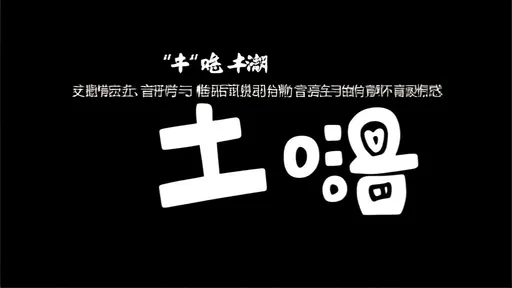
By /Aug 22, 2025
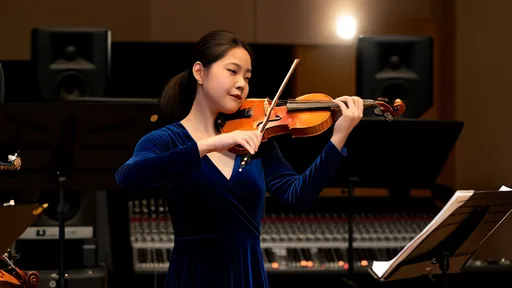
By /Aug 22, 2025

By /Aug 22, 2025

By /Aug 22, 2025
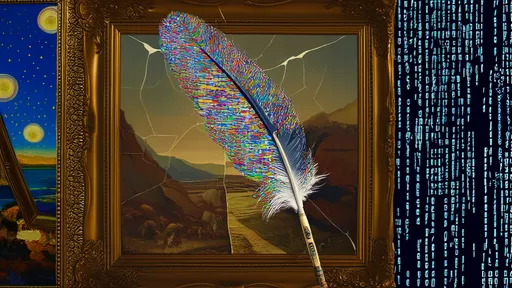
By /Aug 22, 2025
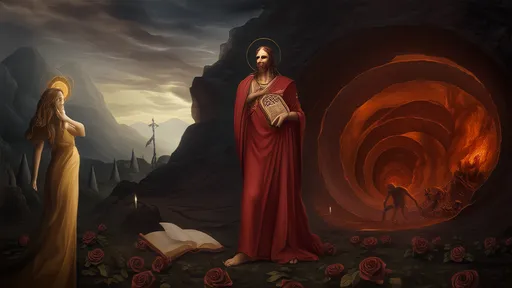
By /Aug 22, 2025
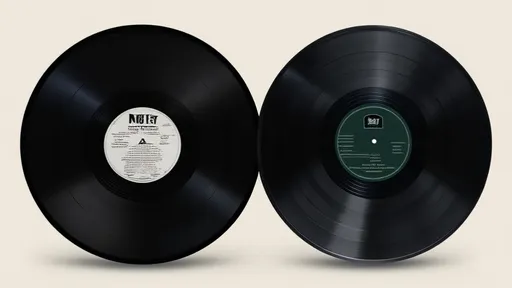
By /Aug 22, 2025
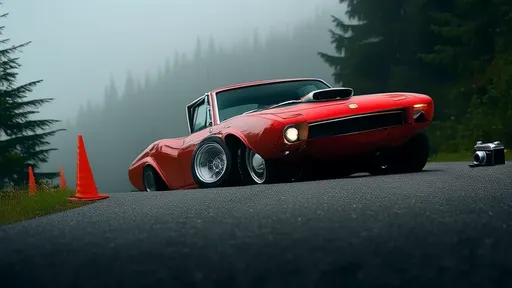
By /Aug 22, 2025